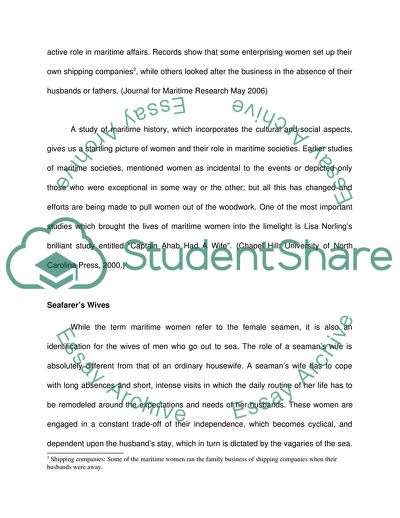Cite this document
(Women's Movements in the Maritimes up to WWI Essay, n.d.)
Women's Movements in the Maritimes up to WWI Essay. https://studentshare.org/history/1715248-womens-movements-in-the-maritimes-up-to-wwi
Women's Movements in the Maritimes up to WWI Essay. https://studentshare.org/history/1715248-womens-movements-in-the-maritimes-up-to-wwi
(Women'S Movements in the Maritimes up to WWI Essay)
Women'S Movements in the Maritimes up to WWI Essay. https://studentshare.org/history/1715248-womens-movements-in-the-maritimes-up-to-wwi.
Women'S Movements in the Maritimes up to WWI Essay. https://studentshare.org/history/1715248-womens-movements-in-the-maritimes-up-to-wwi.
“Women'S Movements in the Maritimes up to WWI Essay”. https://studentshare.org/history/1715248-womens-movements-in-the-maritimes-up-to-wwi.


